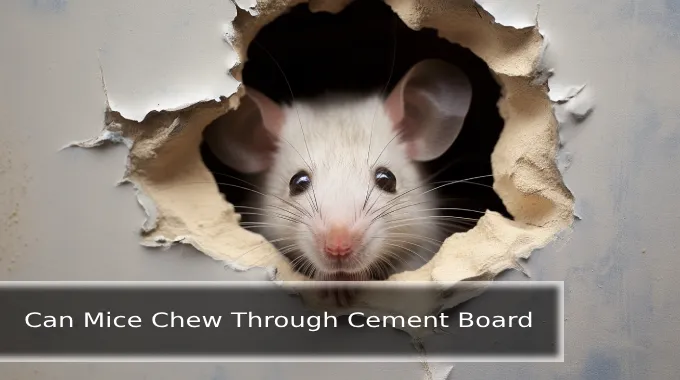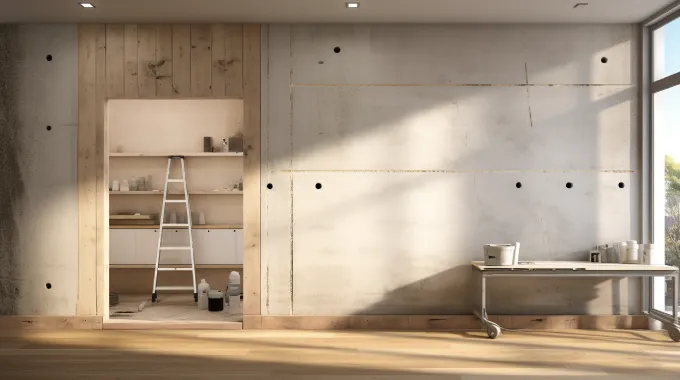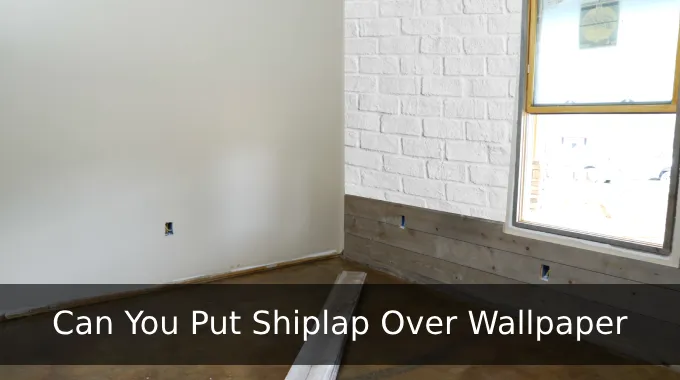Last Updated on September 16, 2023
Cement board is often considered a durable and sturdy option for walls and floors, but can it withstand the relentless teeth of mice? The relentless gnawing of mice can damage cement boards. And if left unchecked, they can create a pathway to your home and cause serious damage.
Several factors influence whether mice can penetrate cement boards. Rodents can gnaw through a poorly cured or weak cement board. Also, the persistence and size of the mice play a role, as larger, more determined mice are more likely to cause damage.
Whatever the fact is. You need to prevent your cement boards from mice infestations.
Throughout this article, we’ll share the necessary information on securing your cement boards from mice and other rodents. We’ll oversee effective ways to prevent their entry and how to deal with an infestation if it occurs. Let’s get started.
What Do You Do if Mice Chew Through Cement Board?
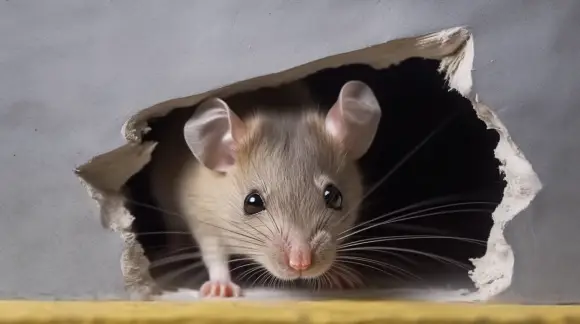
If mice have managed to chew through cement board, there are several steps you can take to address the issue and resolve it as quickly as possible. Here are the key steps to take:
- Step 01: Identify the entry points
- Step 02: Seal entry points
- Step 03: Set up traps
- Step 04: Eliminate food sources
- Step 05: Remove nesting materials
- Step 06: Consider professional pest control
Let’s go into more detail on each step.
Step 01: Identify the Entry Points
To begin with, thoroughly inspect your property to identify all the entry points that mice may access. Focus on small gaps or cracks in walls, floors, or around pipes. Carefully examine the area to find any potential openings that mice can exploit.
Look for these vulnerabilities in cement boards as well, as mice are known to chew through various materials. By being meticulous in your search, you can effectively pinpoint and address the entry points of these pests.
Step 02: Seal Entry Points
After effectively addressing the entry points, consider utilizing materials such as caulk, expanding foam, steel wool, or hardware cloth to seal off access for these unwanted visitors.
For small gaps, caulk or expanding foam can be used. Opt for steel wool or hardware cloth for larger openings that mice can’t easily chew through.
You can prevent mice from gaining access to your space by sealing off these entry points with appropriate materials.
Step 03: Set up Traps
Now that you’ve sealed off the entry points, it’s time to set up traps and outsmart those sneaky little critters inside your property.
Place the traps strategically near their nests or along their frequently traveled paths. Opt for humane traps if you wish to release them outside, or choose lethal traps if necessary.
Ensure the traps are securely placed and check them regularly to increase your chances of catching the mice effectively.
Step 04: Eliminate Food Sources
Next, make sure to keep all food stored in airtight containers. Clean up crumbs and spills promptly to eliminate any potential food sources for those pesky critters.
Mice are attracted to food, so avoiding leaving pet food out overnight is crucial. As long as you store food properly and promptly clean up any messes, you can effectively remove their incentive to invade your space and prevent them from becoming a nuisance.
Step 05: Remove Nesting Materials
To rid your space of cozy mouse hideaways, carefully remove the nesting materials. Mice construct nests in various areas, including cement boards.
You can use a vacuum or broom to sweep away nesting materials. Keep an eye out for droppings, which could indicate an infestation.
If you find material from nests in dark areas such as closets or cabinets, make sure to disinfect the area with bleach or another strong cleaning agent. This will help eliminate mice invitations, bacteria growth and keep your space safe and clean.
Step 06: Consider Professional Pest Control
If the infestation is severe or you’re struggling to handle it alone, it’s time to bring in professional pest control services and let them tackle the problem effectively and safely.
Pest control professionals have the knowledge, expertise, and tools to address even the most challenging infestations. They can employ specialized techniques and treatments that ensure the complete eradication of mice from your cement boards, providing a long-lasting solution to your pest problem.
How do I know if mice have chewed through my cement board?
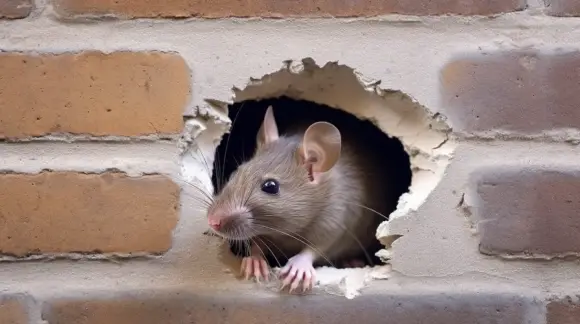
If you suspect that mice have chewed through your cement board, there are a few signs you can look out for.
To begin with, visually inspect the board’s surface for any visible holes or gnaw marks. Mice have strong teeth and can easily create small holes and tunnels in the board.
Also, if you notice an increase in mouse activity in the area, such as droppings or nesting materials nearby, it could indicate that they have breached the board.
Another telltale sign is the presence of a musty smell caused by their urine. If you’re still not sure, try tapping or knocking on the board to see if there are any hollow or soft spots, as this could be a sign of damage caused by mice.
What scares mice out of the house?
Peppermint oil, cinnamon, vinegar, citronella, ammonia, bleach, and mothballs are a few smells that can scare mice out of your house. Mice highly dislike these odors and act as effective deterrents.
Using these smells in specific areas, such as cement board, can keep mice away and prevent their return. Also, sound repellents or electronic devices emitting high-frequency sounds exclusively audible to pests can help eliminate mice without resorting to hazardous chemicals or poisons.
Say Goodbye to Mice: Effective Strategies to Safeguard Your Cement Boards
While cement board can offer strong and durable protection for your walls and floors, it is not immune to the persistence of mice. Yet, with the right approach, you can effectively prevent these rodents from infiltrating your space and damaging your cement boards.
To keep mice away, you can identify and seal entry points, set up traps, or eliminate food sources and nesting materials. So, if you want to safeguard your cement boards and maintain a pest-free home environment, take these actions today.
